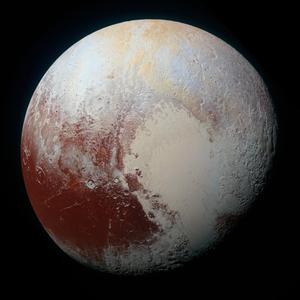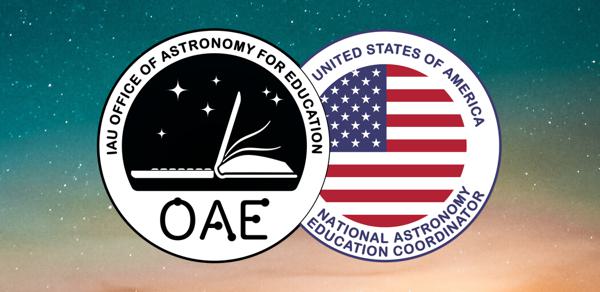Glossary term: 柯伊伯带
Description: 柯伊伯带是外太阳系的一个冰冻小天体带,大部分位于海王星轨道之外,其中的大多数天体与太阳的距离为 40-48 个天文单位。
柯伊伯带中的天体大多很小,但也有包括冥王星在内的几颗矮行星。与小行星带中的小天体和矮行星不同,柯伊伯带中的天体大多由冰冻的水、甲烷和氨组成。
Related Terms:
See this term in other languages
Term and definition status: The original definition of this term in English have been approved by a research astronomer and a teacher The translation of this term and its definition is still awaiting approval
The OAE Multilingual Glossary is a project of the IAU Office of Astronomy for Education (OAE) in collaboration with the IAU Office of Astronomy Outreach (OAO). The terms and definitions were chosen, written and reviewed by a collective effort from the OAE, the OAE Centers and Nodes, the OAE National Astronomy Education Coordinators (NAECs) and other volunteers. You can find a full list of credits here. All glossary terms and their definitions are released under a Creative Commons CC BY-4.0 license and should be credited to "IAU OAE".
If you notice a factual or translation error in this glossary term or definition then please get in touch.
Related Media
冥王星
Credit: 美国宇航局/约翰霍普金斯大学应用物理实验室/西南研究所 credit link
License: PD Public Domain icons









